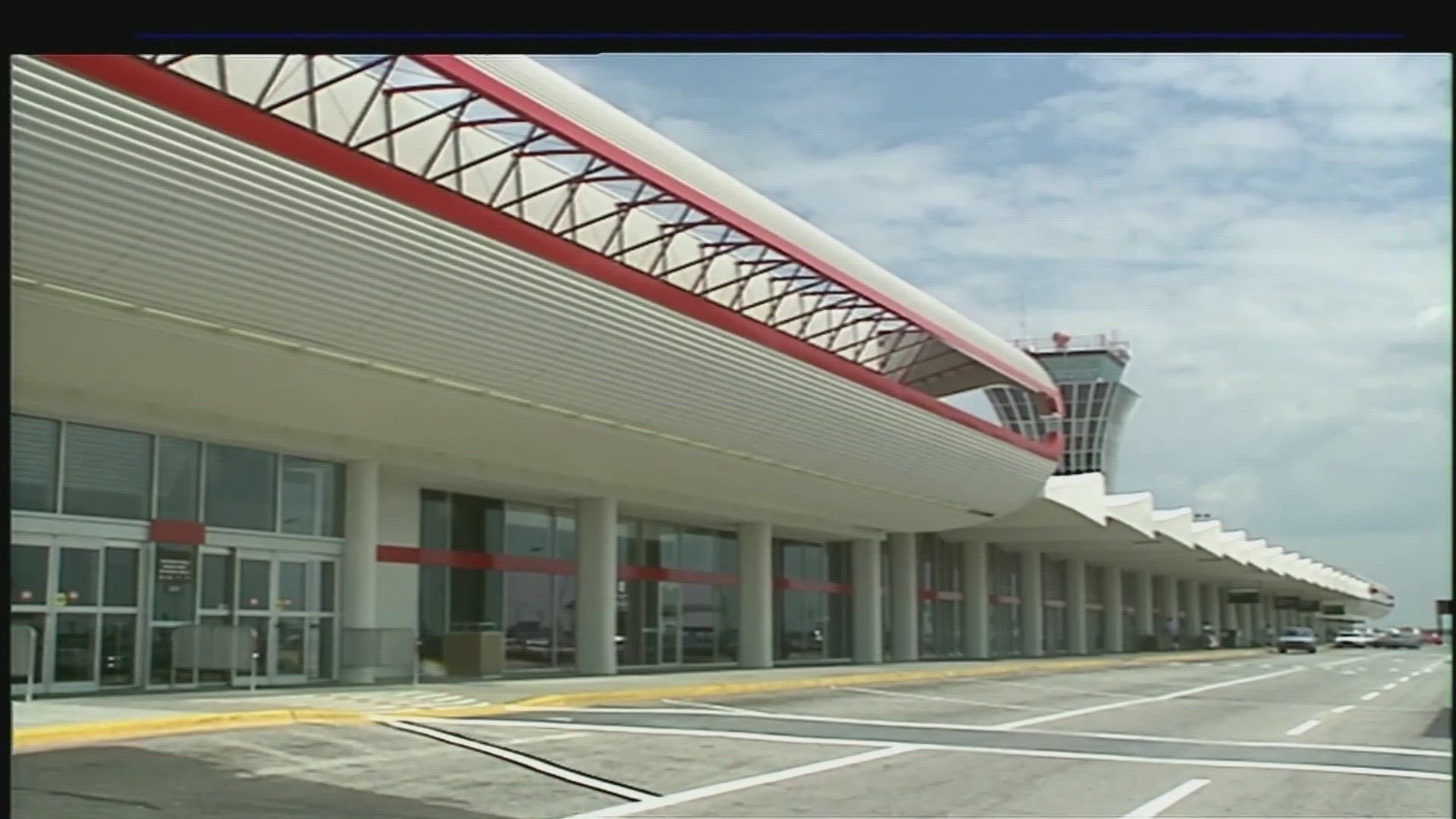AUSTIN, Texas — If you’ve lived in Austin for the past 15 years, the name “Mueller” probably reminds you of the big Mueller development on the city’s near-northeast side.
But not so long ago, the area that is now a burgeoning neighborhood of homes, apartments and businesses was once a huge field crisscrossed by long concrete runways.
It was known for decades as Austin’s Robert Mueller Airport, named after a 1920s era city councilman who pronounced his name “Miller,” despite the spelling.
Mueller Airport opened in 1930 and expanded in 1961 with the construction of its terminal building and iconic blue and white control tower that still stands today.
As late as the 1990s, it was still easy for anyone to stroll up to the arrival and departure gates with minimal screening. Parking was close to the terminal and cost $6 a day.
Anyone who drove Interstate 35 near the airport may remember those big jetliners passing overhead, landing at what seemed to be just a few feet above the highway. The joke at the time was that drivers could wave at the airplane passengers and the passengers would wave back.
But nearly 70 years after it opened, the end was near. Surrounded by neighborhoods, Robert Mueller Airport had no place to grow. It was to be shut down and torn up.
And so, on the last night that Mueller Airport operated in May 1999, dignitaries boarded a jetliner for a short flight to the new Austin-Bergstrom International Airport, a former U.S. Air Force base.
Their trip took only a few minutes. It took much longer for a procession of baggage carts and airport equipment to get from Mueller to Austin-Bergstrom on closing night. A mile-long caravan at five miles per hour moved to the new airport – and with that pre-dawn parade, Robert Mueller Airport faded into history.
But the new neighborhood built where there had been tens of thousands of take-offs and landings still bears the Mueller name.

